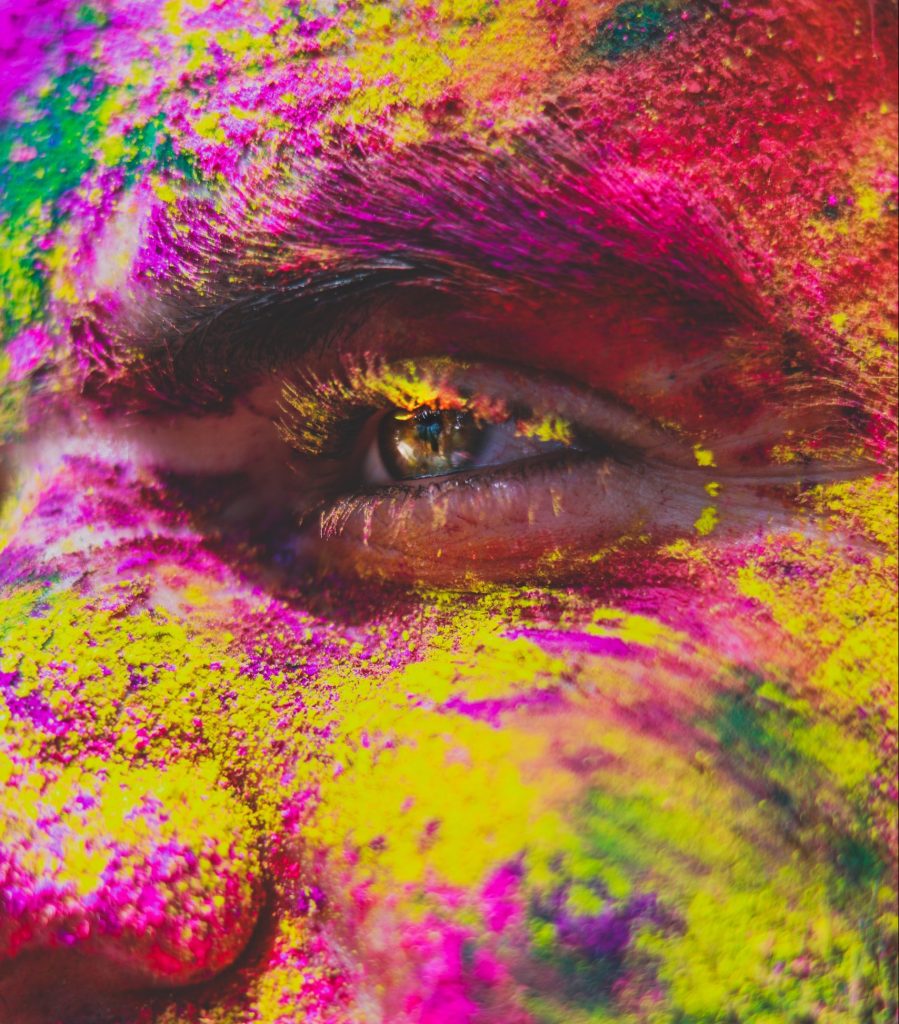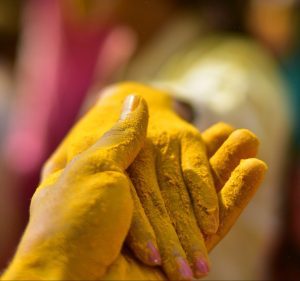- 833-265-6771
- [email protected]
- Mon - Fri: 8:00 - 5:00 EST

It’s no secret that color profoundly impacts human emotions and our perception of the world around us. Just imagine a powdery sky blue, and you may feel calm, while thinking of a bold red may feel energizing – or even dangerous. Color psychology works to explore how different colors evoke specific feelings, shape human behavior, and influence our perception of the world around us.
Worldwide, humans have always known that color has a reliable impact on our emotions. Although personal experiences and cultural backgrounds can also influence how we perceive them. Throughout history and across cultures, the psychology of colors has been used intentionally to communicate intangible concepts and evoke emotions:
Today color psychology affects our everyday lives in ways we are consciously aware of (like choosing a warm design theme for the guest bedroom remodel) and ways we aren’t (think of the bold color schemes of the cereal aisle that children find irresistible).
The influence of color on our emotions is fascinating. While personal experiences and cultural background can shape how colors impact a person, specific colors have been shown to reliably evoke specific emotions. In fact, colors can have a significant impact on our mental state, behavior, and even the decisions we make.
Red is a highly stimulating color. It speeds up our heart rate, blood flow, and even energy levels. Red even heightens our senses of smell and taste – making it a popular choice for food industry marketing.
Red is an interesting color psychologically as it is the color of passion, love, confidence, and excitement … and also the color of rage, danger, and violence. While red can create feelings on both ends of the spectrum, from danger to love, it is always connected with strong emotions.
This bold color carries impactful and varied meanings in different cultures. In South Africa, red is associated with mourning, but in China, red is traditionally worn on the New Year, during funerals, and weddings as it represents affluence and prosperity.
Blue hues are often linked to feelings of calmness and tranquility. Think of a calm lake or a summer sky. Blue has a soothing effect on the mind and body, lowering blood pressure and heart rate.
Blue is often used where relaxation is wanted, like in bedrooms and spas.
Culturally, blue has a wide range of meanings around the world. In Western cultures blue is the color of masculinity/ While in China, blue is considered feminine.
Many religions have their own strong associations with blue hues. In Catholicism, blue signifies hope and wealth. In Judaism, blue is the color of divinity and holiness. Blue is the color of the highly revered Hindu god Krishna. In many Middle Eastern countries blue is symbolic of heaven and spirituality.

Yellow is a vibrant and energetic color that is commonly associated with happiness, joy, and optimism. It can help boost mood and stimulate mental activity. However, too much yellow can also lead to feelings of anxiety or agitation.
Golden yellow hues are related to status and success in many cultures as it is the closest color to gold – a universally valued mineral. In certain African countries, the color is worn only by successful, high-ranking individuals.
In art and some cultures, yellow can have a darker connotation. In French culture, yellow represents weakness and betrayal while Germans associate the color with jealousy. In Latin America and Egypt, the color is linked to death and mourning.
Green is one of the most common colors in the natural earth. It is often mentally connected with nature, progress, and health. It has a balancing and calming effect on emotions, promoting a sense of renewal and tranquility. Green is also linked to feelings of hope and fertility. In the US green is the color of ecoconsciousness and sustainability.
However green has mixed connotations around the world. In Indonesia, green represents exorcisms and infidelity – and is considered a forbidden color. However in Mexico, green is the color of patriotism and independence. Many Eastern and Asian cultures associate green tones with eternal life, new beginnings, youth, and prosperity.
While a naturally common color in nature, green was a notoriously difficult pigment for artists to capture.
Ancient Egyptians used malachite which was expensive and had a tendency to blacken. Ancient Romans submerged copper plates in wine to create a bright bluish-green pigment called verdigris that they used everywhere from tapestries to clothing. Green was an integral aspect of the impressionist movement of the 1870s.
Purple is a color historically associated with royalty, luxury, and whimsy. It can evoke a sense of creativity, mystery, and introspection. For centuries, purple dye was rare because of the labor-intensive process of making it from sea snails. As a result, the expensive hue became a status symbol among royalty and rulers.
Deep purple is also a color of mourning in many cultures, including in the U.K. Italy, Brazil, India, and Thailand. In Brazilian culture, wearing purple outside of a funeral is considered unlucky.
In the US, purple is a symbol of courage and an honorable hue, represented by the highest military award, the Purple Heart given to service members who possess exceptional bravery.
 Orange Color Psychology
Orange Color PsychologyOrange is a warm and vibrant color that stimulates enthusiasm, creativity, and energy. It is often linked with excitement and warmth. Orange can be attention-grabbing and is often used to draw focus or create a sense of urgency.
Orange can stimulate the appetite and even boost metabolism. It is often used alongside red in fast food marketing to entice customers.
In many Eastern countries, the color orange symbolizes love, happiness, and courage. And in Indian cultures, orange, especially yellow-orange hues are considered sacred. However, in many Middle Eastern countries, orange is connected to mourning.
From hot pink to baby pink, today this hue is connected with femininity, tenderness, and nurturing. It has an overall calming effect and can evoke feelings of love and compassion.
In Western cultures, pink is often used in marketing targeting women or to create a soft and gentle atmosphere. While today pink is seen as the epitome of femininity, before the 1950s, pink was considered masculine as it’s a subdued red. Marketing efforts of the ’50s created the connection of pink with femininity.
Pink is thought to be mentally stimulating, while it is also shown to reduce aggression. The color may help people feel more at ease and in control. It has even been used effectively on prison cell walls to reduce violence.
Interestingly, China did not recognize pink as a color until Western influence infused it into their culture. In fact, the Chinese word for pink translates literally as ‘foreign color’.
Understanding the influence of colors on emotions can give you the power to impact your living space, your wardrobe, and your life with colors that evoke your desired emotions.
Our vibrant color powder can bring joy to your life, from milestone celebrations like gender reveal parties and holidays to everyday moments, like making slime with your kids on a rainy day, that become cherished memories. Color psychology can help create warm and inviting spaces, enhance personal style, and bring harmony to your life.